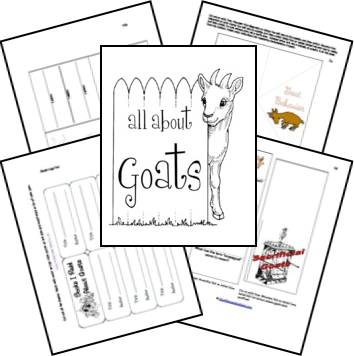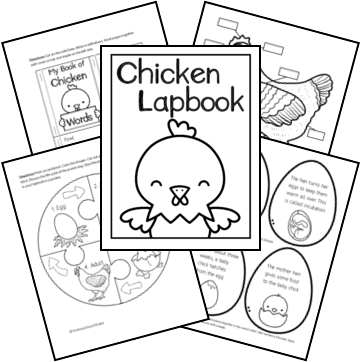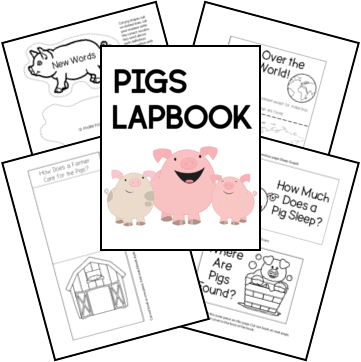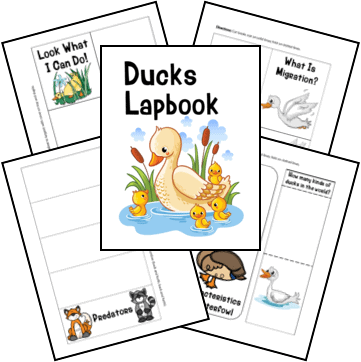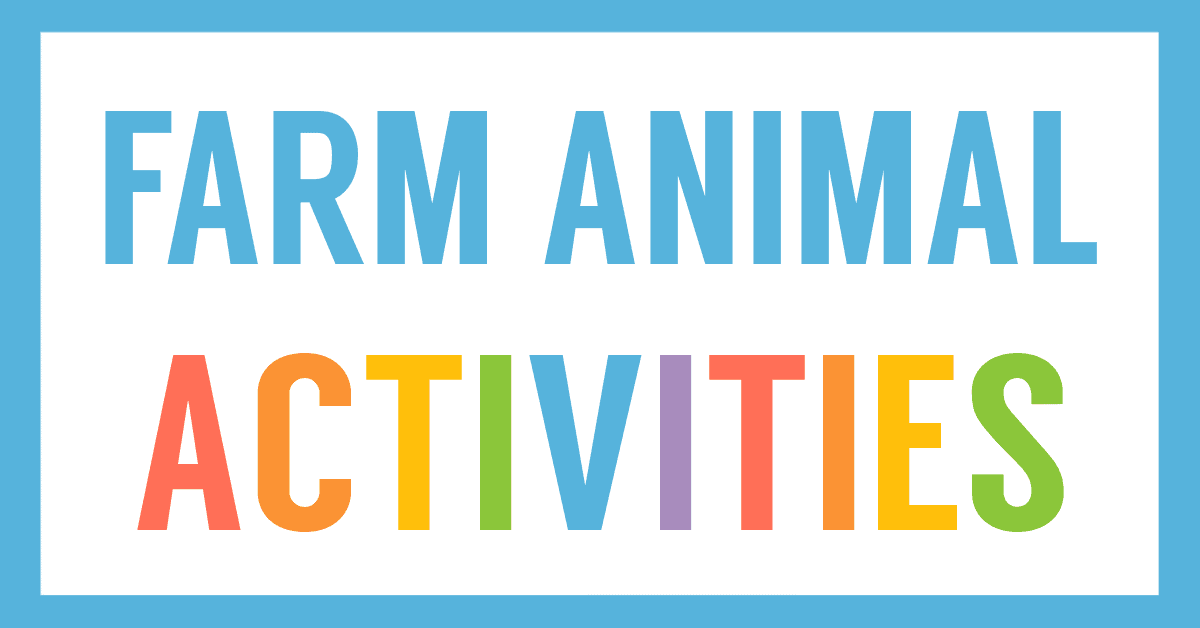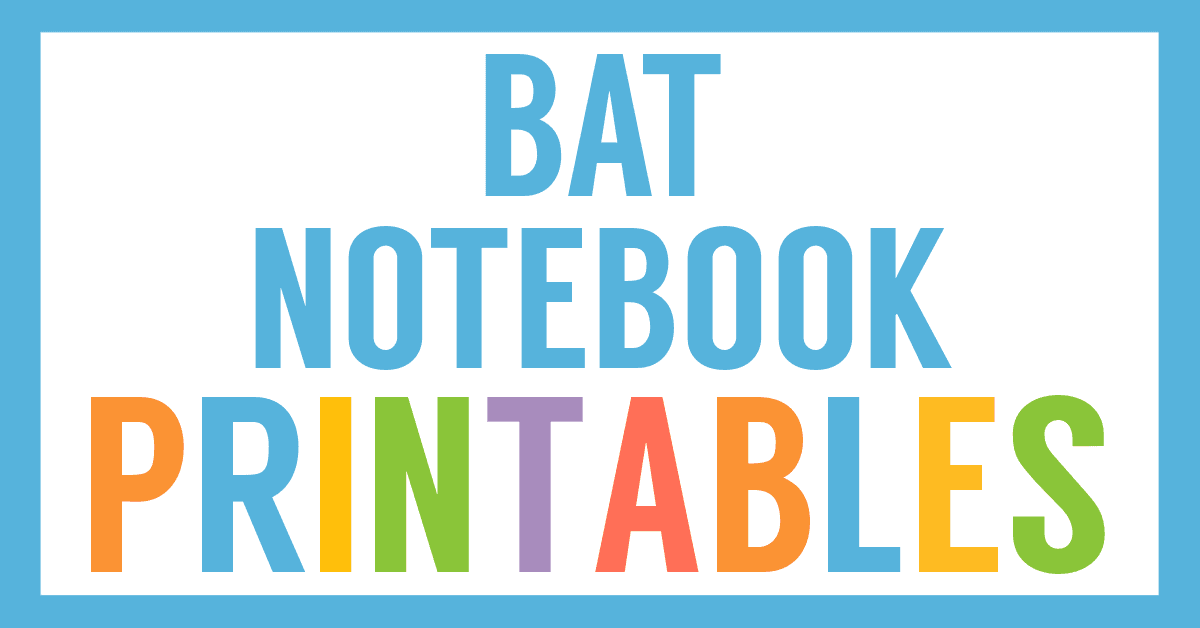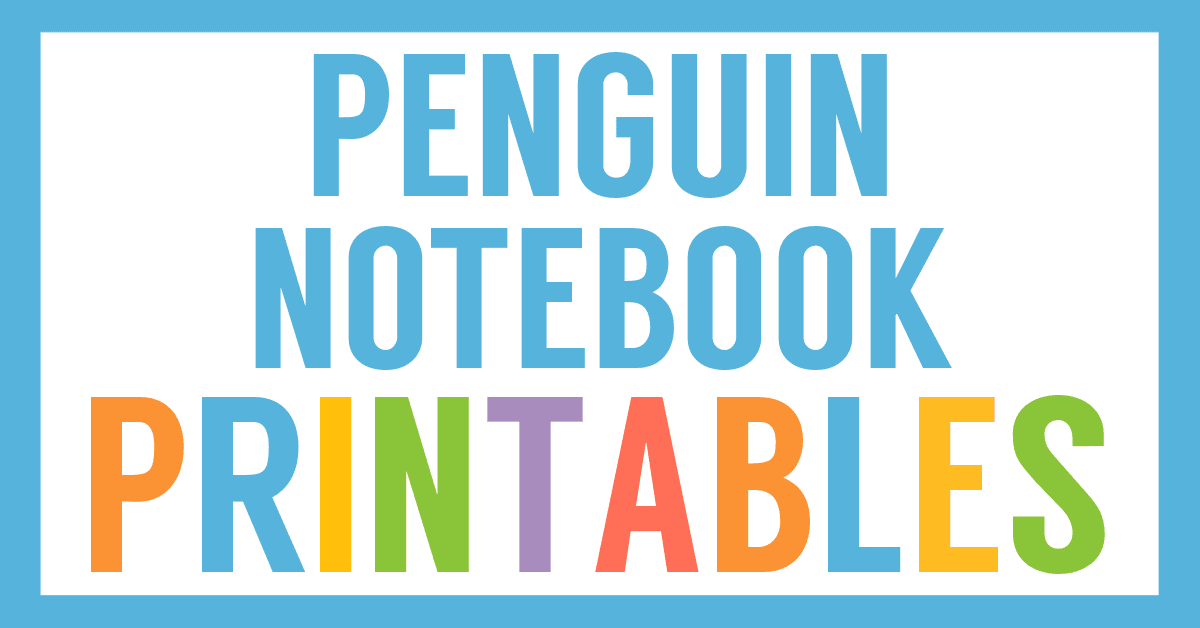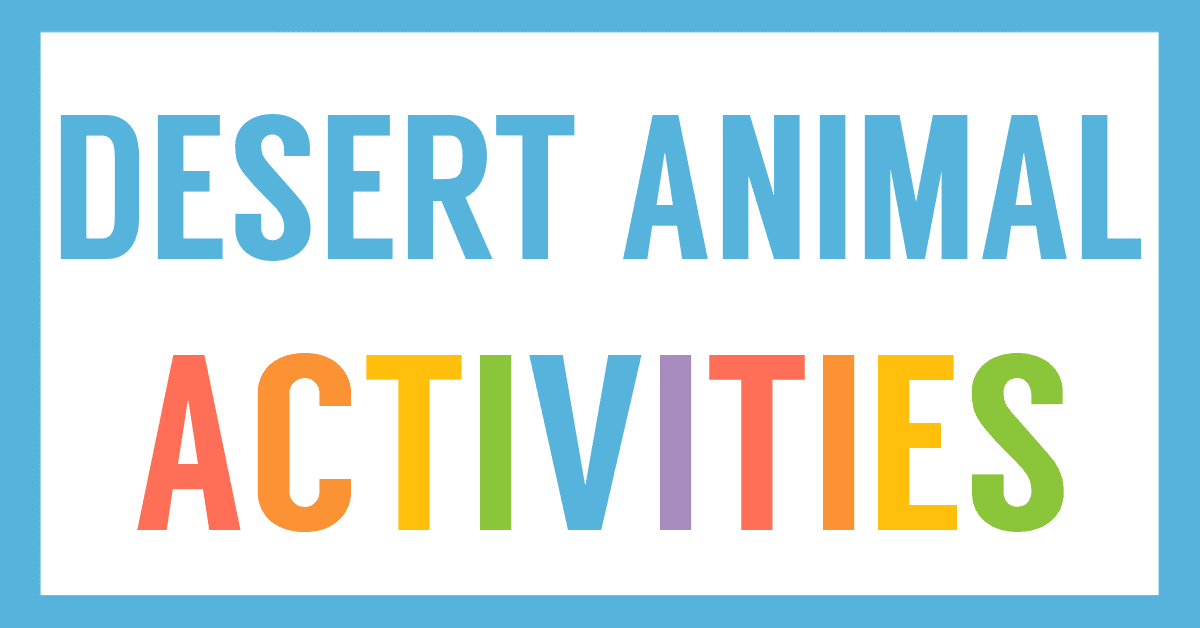Affiliate Disclaimer
We sometimes use affiliate links in our content. This won’t cost you anything, but it helps us to keep the site running. Thanks for your support.
Our free Goats Lapbook is jam-packed with science and other lessons about goats. If you are considering getting goats, or if your student wants to learn more about goats, this is the study for you.
Thanks to Wende for creating this Goats Lapbook.
Goats Lapbook Lessons
Here are some sample lessons from the Goats Lapbook:
Goat Anatomy: Digestive System
Goats are ruminants, meaning they chew their cud. They have a huge four-chambered stomach. When they eat, the food passes down the esophagus to the rumen where it is broken down and formed into small balls of cud. As it desires, the goat will return the cud back to its mouth, where it will be chewed up some more to further break up the fibers. It will then swallow the food again, where it will go through the rumen, on to the reticulum, then to the omasum, and finally to the abomasums, the true stomach. In the abomasums, enzymes are secreted and normal digestion takes place.
Goat Diets
Goats have a few basic dietary needs. Firstly, they need water. You can leave a bucket of water in their pen, or use automatic waterers. It is important to make sure that the water does not freeze in the wintertime, using a heated waterer or a heat lamp aimed at the water. It is also important to keep the water clean, as goats won’t drink contaminated water.
The reputation goats have of eating just about anything stands true as they have very hearty appetites. They are grazers by nature, and when given the chance will browse on the tips of woody shrubs and trees, and pretty much any other plant matter. Goats will choose not to eat dirty food, which is why they are lower maintenance as free-rangers as opposed to stall-fed goats. Their diets largely consist of hay, alfalfa being a favorite. An adult dairy goat will eat about five pounds of hay a day. Hay is often supplemented with corn, wheat, oats, barley, and soy. A dairy goat currently being milked will eat an additional 2-3 pounds of grain a day, while a dry doe only receives up to a pound. A buck usually receives no extra grain.
Goats should not eat any grass or other food with mold, nightshade, or wilted fruit tree leaves. They may die from them.
Signs of a Healthy Goat
Goats are fairly easy to take care of. A healthy goat will show these signs:
- The eyes should be clear and bright. If they are not, an infection such as pink eye may be present.
- The coat should be smooth and shiny. If the coat is not smooth, it is an indication of an ill-feeling goat. If the coat is not shiny, there may be parasites present.
- The goat should have a good appetite, unless it is in labor, when it is normal to refuse food.
- The goat should have a good attitude. It should be active, alert, and happy. Signs of a problem include a droopy tail and/or a hunched back.
You can grab a copy of the entire Goats Lapbook in an easy-to-print file at the end of this post.
Goats Lapbook Printables
In addition to the research lessons, the file includes these mini-books for your student to create a Goats Lapbook:
- Linens and Things (Goats in the Bible) Simple Fold
- Goats vs. Sheep (Matthew 25:32) Mini-book
- Jacob’s Deception Flap Book
- Goat Classification Layer Book
- Who’s Who Shutterflap Book
- Goat Stomach Diagram Flap Book
- Artiodactyls Shape Book
- Goat Anatomy Envelope Fold
- Goat Behavior Compressed Triangle
- Habitat Mini-book
- Signs of a Healthy Goat Side by Side Book
- Goat Diseases Tab Book
- Goat Predators Flap Book
- Milking Equipment Shape Book
- How to Milk a Goat Simple Fold
- Aesop’s Fables Mini-books
- And more!
How to Get Started with Your Goats Lapbook
Follow these simple instructions to get started with the Goats Lapbook.
- If you want, go to your local library and check out books about goats. You can use the books to read together throughout your goats study.
- Print the Goats Lapbook.
- Choose and prepare the mini-books you want to use with your student.
- Enjoy a week of reading and learning all about goats.
Download Your Free Goats Lapbook
Simply click on the image below to access your free Goats Lapbook.
Explore Other Farm Animal Lapbooks
Learn more about farm animals with these free animal lapbooks.

